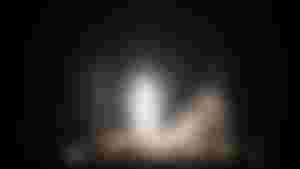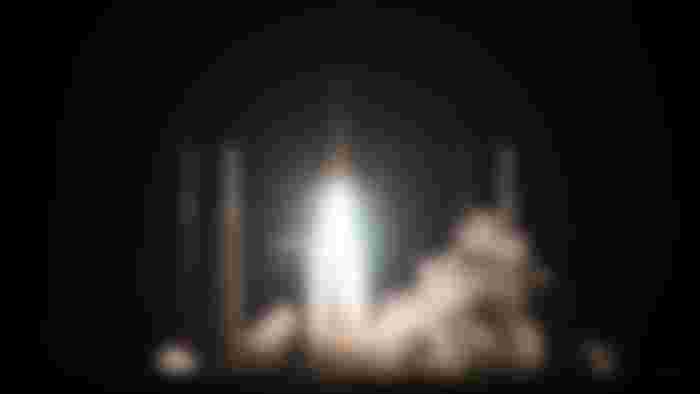Boeing Starliner Spacecraft Fails to Reach Correct Orbit

NASA and Boeing’s test flight of a crewless capsule intended to carry astronauts to the International Space Station will return to Earth without completing its full mission.
The Starliner capsule built by Boeing and launched on Friday ended up in the wrong orbit after it apparently fired its engines at the wrong time.The setback could further postpone NASA’s goal of resuming human spaceflight from the United States. Under the commercial crew program, the space agency contracted with Boeing and another company, SpaceX, to build spacecraft to carry astronauts to and from the space station. Friday’s problem is the latest in a series of delays and obstacles, putting it a couple of years behind schedule.Starliner’s first test was postponed multiple times this year. Its uncrewed journey on Friday started just before sunrise aboard an Atlas 5. The rocket performed as designed, placing the capsule on an elliptical trajectory. The capsule itself was to make a final maneuver that would shift the orbit from elliptical to circular and allow it to meet up with the International Space Station on Saturday.
But a flawed thruster burn pushed the capsule into the wrong orbit, and it used too much propellant to continue to the space station.“That’s safe to take off the table at this point,” Jim Bridenstine, the NASA administrator, said during a news conference after the launch. “It’s not worth doing at this point given the amount of fuel we burned.”Current plans are for the capsule to return to Earth on Sunday, landing at White Sands in California.
Somehow, the spacecraft’s clock was set to the wrong time.“We don’t understand the root cause,” said Jim Chilton, senior vice president of the space and launch division of defense, space and security segment of Boeing.Attempts to send a command to fix the problem apparently did not reach the spacecraft because it was in between satellite communication links, Mr. Bridenstine said.He added that if there had been astronauts aboard, they would not have been in danger and indeed may have been able to take over and perform the thruster burn correctly.This mission did not have anyone aboard, although it did carry a spacesuit-wearing figure mannequin in one of the seats, nicknamed Rosie, after Rosie the Riveter depicted in posters during World War II. The mannequin was fitted with sensors that were to measure the forces that future astronauts will feel as they ascend to space.The problems for Starliner raise the stakes for SpaceX’s next launch of its Crew Dragon capsule, currently scheduled for Jan. 11. That flight — without crew aboard — a test of the abort system, in which the rocket will be intentionally destroyed during launch. If that succeeds, SpaceX could still launch astronauts in the first half of 2020.For more than eight years, no people have launched to orbit from the United States, and NASA has had to rely on Russia for the transportation of its astronauts.In a shift from the space shuttles and NASA’s earlier human spaceflight programs, the Obama administration decided that the agency should hire commercial companies to take astronauts to and from the space station instead of building and operating its own spacecraft. The space agency had already taken this approach for launches of satellites and robotic missions, as well as for taking cargo to the space station.In 2014, NASA awarded contracts to Boeing and SpaceX — Boeing for up to $4.3 billion for Starliner, SpaceX for up to $2.5 billion for Crew Dragon. The value of the contracts depends on how many missions are flown.The hope was that the flights carrying astronauts would begin by the end of 2017. Both companies encountered technical hurdles, including problems with parachutes that the capsules deploy when they return to Earth.SpaceX performed its crewless flight test of Crew Dragon in March. But in July, during a ground test of the abort engines on the same capsule, the Crew Dragon exploded. No one was injured, but that pushed back SpaceX’s schedule as the company figured out what happened and how to fix it.Watchdogs in government have raised concerns about the costs of commercial crew launches. A report by the NASA Inspector General reviewing the program estimated the per seat cost at about $55 million for SpaceX, and $90 million for Boeing. (The Boeing cost is higher than what NASA has paid for seats on Russia’s Soyuz.)On Thursday, Mr. Bridenstine disputed that estimate, saying NASA has not negotiated those prices with Boeing or SpaceX.The inspector general also criticized a NASA decision to pay $287.2 million above the fixed prices for three of the Boeing missions, saying those were unnecessary.It remains unclear whether the Starliner capsule will be recovered intact to examine what caused the mission’s failure. But even if they do, the next launch could be delayed by months.NASA officials had been careful not to promise any launch dates, saying that the schedule depends on how well Starliner performs during its flight test and how long it takes to ensure safety for its astronauts. (The losses of the space shuttles Challenger in 1986 and Columbia in 2003 were both blamed in part on NASA officials pushing too hard to meet schedule deadlines.)

Copied from NYtimes